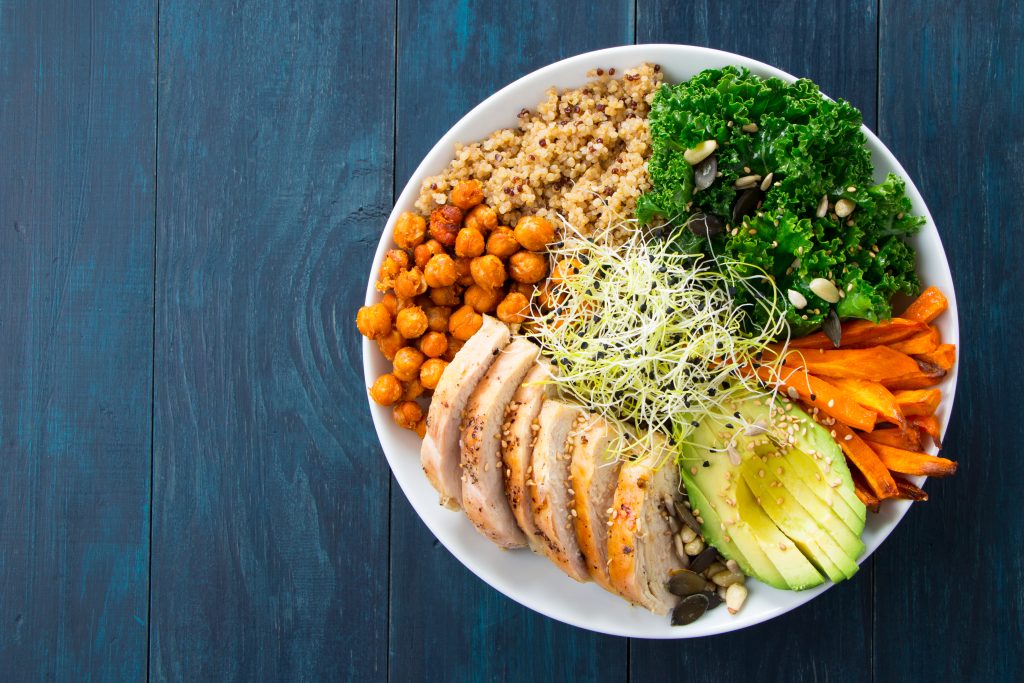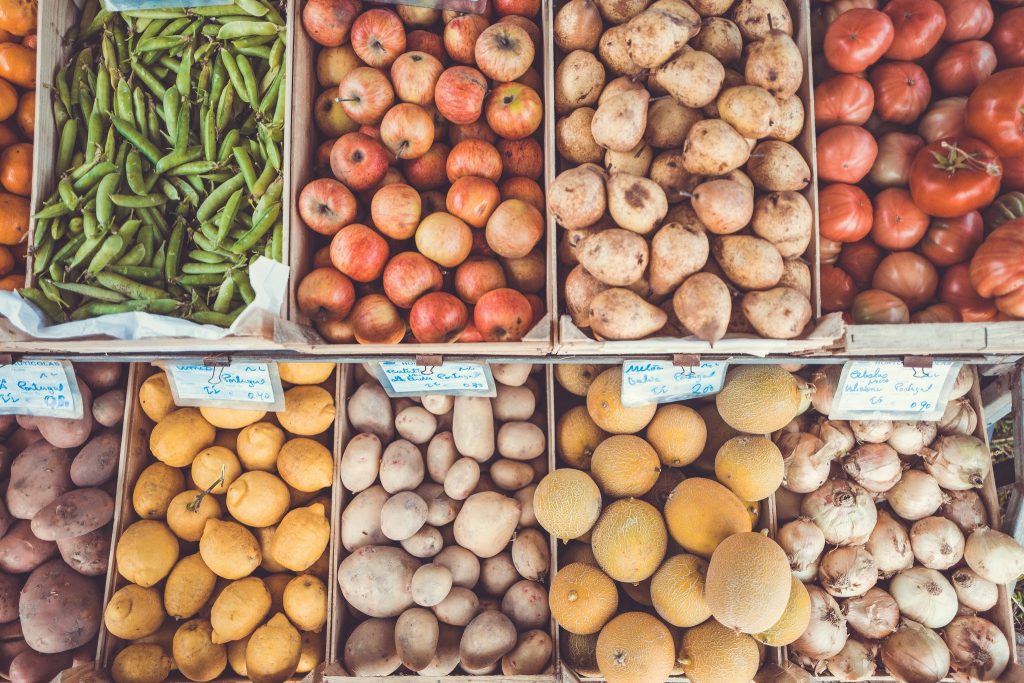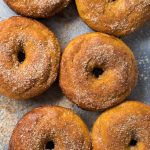A Fashion & Lifestyle blog by Tobi.com, featuring fashion inspiration, beauty tips & tricks, travel guides, delicious recipes, fitness & health routines and more!
 source: shutterstock
source: shutterstock
 PREV
PREV

Butt Workout - 5 Easy Moves for a Toned, Sculpted Bubble Butt!
Buddha Bowl Basics: How To Prep Perfect Buddha Bowls
Written by Jessica Moore
These bowls, they’re overflowin’.
You’ve seen them before: crisp greens and hearty grains topped with a colorful combination of roasted and raw vegetables, drizzled in a luscious dressing with a sprinkle of crunchy nut kernels–you’d be amiss to think these are lavish details of an average salad, because these bountiful bowls are so much more.
We’re talking about none other than Buddha bowls.
Buddha bowls are grain bowls overloaded with everything you’d want in a nourishing whole foods, plant-based meal: protein, vegetables, complex carbs, and healthy fats! Stuffed to the brim, buddha bowls are named after the Buddha’s round belly, but some prefer calling these health bowls “grain bowls,” “hippie bowls,” or “macro bowls” –whatever you call them, these bowls are bound to make your belly full and happy.
 source: ryan jacobs on unsplash
source: ryan jacobs on unsplash
The changing seasons marks a shift in our plates and our palates: root vegetables like beets and carrots are at their earthy prime, winter squashes make their sweet return, and fruits like pears and apples are bursting with succulence during the fall. The sweltering summer months invite sweet peppers, tomatoes, and eggplant, along with peaches and cherries.
Grab your favorite ingredients and find inspiration in popping colors and contrasting textures that are characteristic of the time of year; for instance, pairing golden beets, oyster mushrooms, and red cabbage is like autumn in a bowl. Buddha bowls insist on creativity. Try a grain you don’t work with often, mix fruit with savory combinations, and experiment with creamy homemade dressings to marry all the flavors together.
 source: lukas budimaier on unsplash
source: lukas budimaier on unsplash
What’s the greatest part about making buddha bowls? You can’t really mess them up! Keep these 6 food categories and rough measurements in mind to balance your bowl, and you’ll be building buddha bowls for every season.
How to Make Perfect Fall Buddha Bowls:
- Grains should take up ¼ of your bowl: quinoa, farro, brown rice, lentils, whole grain noodles, freekeh, millet
- Protein should take up ¼ of your bowl: chickpeas, cannellini beans, black beans, tempeh, seitan, edamame, egg
- (Fall) vegetables should take up ¼ of your bowl: beets, winter squash, leeks, carrots, broccoli, mushrooms, pumpkin, brussels sprouts, turnips, sweet potatoes, broccoli, cauliflower
- Leafy greens should take up ¼ of your bowl: spinach, kale, collard greens, mustard greens
- Healthy fats: avocado, almonds, chestnuts, pecans, walnuts, hazelnut, sunflower seeds
- Toppings and dressings: fresh cilantro, chives, mint, parsley, kimchi, nutritional yeast, cheese, soy sauce, yogurt, olive oil, avocado oil, lemon juice, tahini, hummus, sesame seeds, toasted garlic
You can make buddha bowls with just about anything healthful, but cooking and eating with the changing seasons ensures that you are consuming produce harvested at its peak of freshness and nutritional value. Eating locally supports local farmers and the environment, as it reduces the demand for out-of-season produce, and requires less transportation and less refrigeration.
Enjoyed by vegetarians and vegans for their simplicity, these bowls are perfect for your weekly meal prep. Sync up with the season and give this recipe by Jenné Claiborne from Sweet Potato Soul a try, featuring fall veggies.








